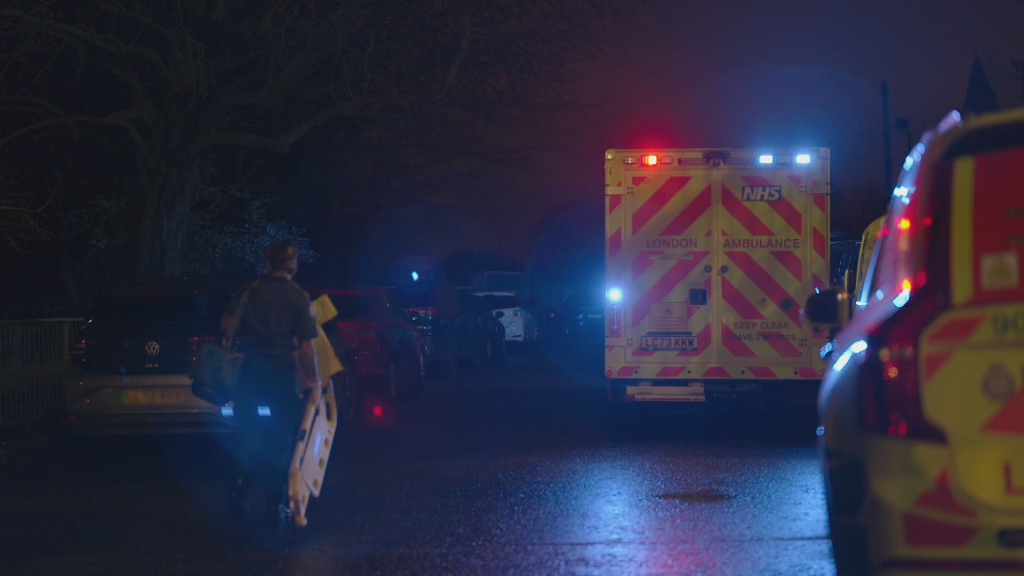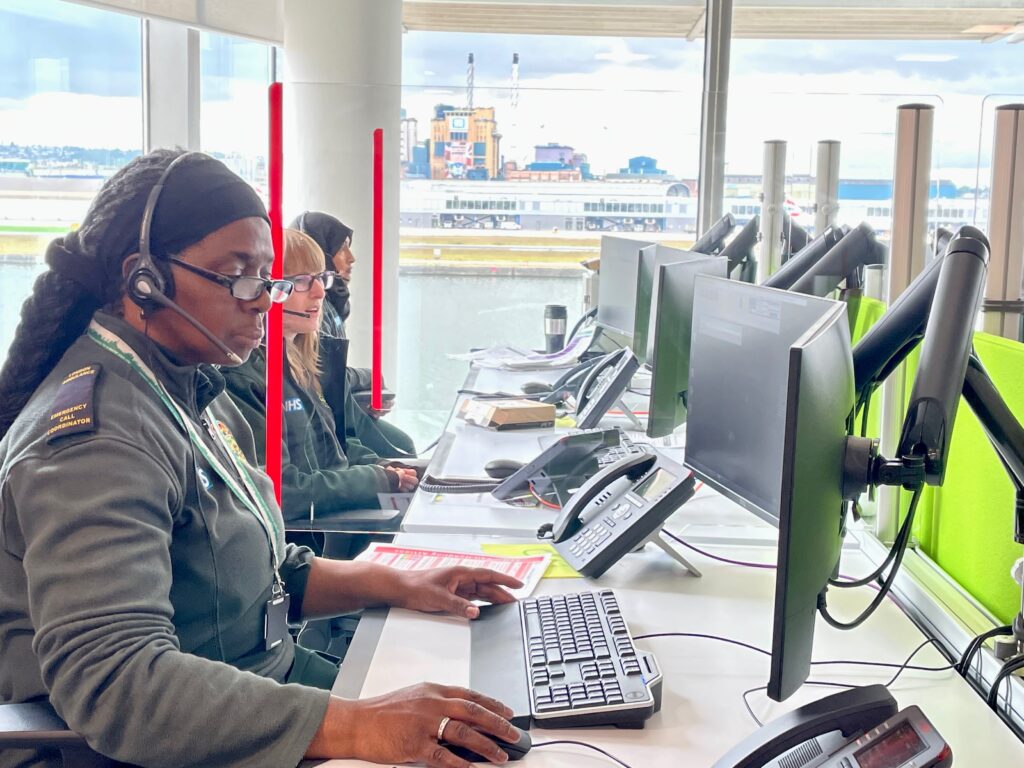London Ambulance Service sees record number of 999 calls from patients with life-threatening injuries while working to improve response times
London Ambulance Service recorded more 999 calls in December for patients with the most serious illnesses and injuries than any other month in its history it was revealed today.

During December 2024 LAS attended more than 16,000 ‘Category 1’ calls – which include serious injuries and illnesses such as cardiac arrests – making it its third busiest December.
The month was also seventh busiest ever in the Service’s history with 999 call volumes at 92 per cent of the unprecedented demand in March 2020 when the COVID pandemic hit the UK. In the first week of January this year, demand is 20 per cent higher than last year.
The country’s busiest ambulance service agreed the 2024/25 Winter Plan with hospitals and partners across the capital to try and meet this exceptional demand. The plan saw more ambulances on the streets, more emergency care clinicians available to patients over the phone, and strengthened emergency care coordination across hospitals in London. While there are still delays handing over patients at stretched London hospitals, time lost at emergency departments is currently among the lowest in the country.
Daniel Elkeles, Chief Executive of London Ambulance Service, said:
“This winter is proving to be extraordinarily challenging. However, I want to assure the public that despite significant increases in demand to levels last seen during the pandemic, we are doing all we can to care for London. We have redoubled our efforts on performance to ensure we reached our sickest patients and answered 999 calls more quickly this year than last year due to three changes.
“First, we put more staff in ambulances, cars and in our control rooms, then we increased the number of patients we treated over the phone to unprecedented levels and finally, we worked with 28 emergency departments in London to take patients to the hospitals with the shortest waits.
“Despite these improvements, we know our response times are not good enough and are very sorry some people waited too long for us to get to them. We will continue to work together with our partners around London to get the best possible care to patients over the winter months and improve our performance this year.
“If you need us we will always respond so please don’t hesitate to call 999 for emergencies or use 111 if you need medical advice or reassurance. Given the levels of flu around, you can also help us keep ambulances for those who need them by getting a flu vaccination.”

The Service’s Winter Plan includes:
- Increasing the number of ambulances on the streets and staff in control rooms by more than 10 per cent throughout the week and putting up to 60 additional ambulances on the road at peak times to meet demand.
- Increasing the number of clinicians who are able to ‘hear and treat’ patients over the phone – giving expert medical assessments and advice to reduce the number of people going to A&E unnecessarily wherever possible.
- Maximising use of other forms of care with smoother access into local non-A&E services and more use of specialist mental health cars and community response cars, which pair paramedics with nurses to reach vulnerable people.
- Strengthening day-to-day pan-London coordination with a special control centre at LAS to monitor emerging issues and work with NHS partners to resolve them.
- Strengthening pan-London protocols for times of pressure to ensure all parts of the system understand their role and prioritise essential actions so care is available for the sickest patients.
The high 999 call volumes have been driven by a combination of factors including respiratory and gastrointestinal viruses, cold weather and festive celebrations. Most days in December LAS was treating more than 500 Cat 1 patients compared to around a quarter of days in December 2023.
As London prepared for Christmas, breathing problems increased by 30 per cent on last year while cardiac arrests rose by 20 per cent.
As ever, LAS is urging Londoners to use the 999 service wisely: only calling when it’s a serious medical emergency so clinicians can prioritise responding to the most seriously ill and injured patients.
If it’s urgent, but it’s not a serious medical emergency, please consider other options such as your GP, pharmacies or NHS 111 online. NHS 111 online should be your first port of call if you’re unsure what to do or unsure whether to go to A&E. Accessing 111 on line is quick and simple, but if you cannot access it, call 111 by phone.
Londoners can also go to an urgent treatment centre if they need urgent medical attention, but it’s not a life-threatening situation. Conditions that can be treated at an urgent treatment centre (also known as a walk-in centre or minor injury unit) include sprains, suspected broken limbs, cuts and grazes and minor scalds and burns.

Follow us on social media: